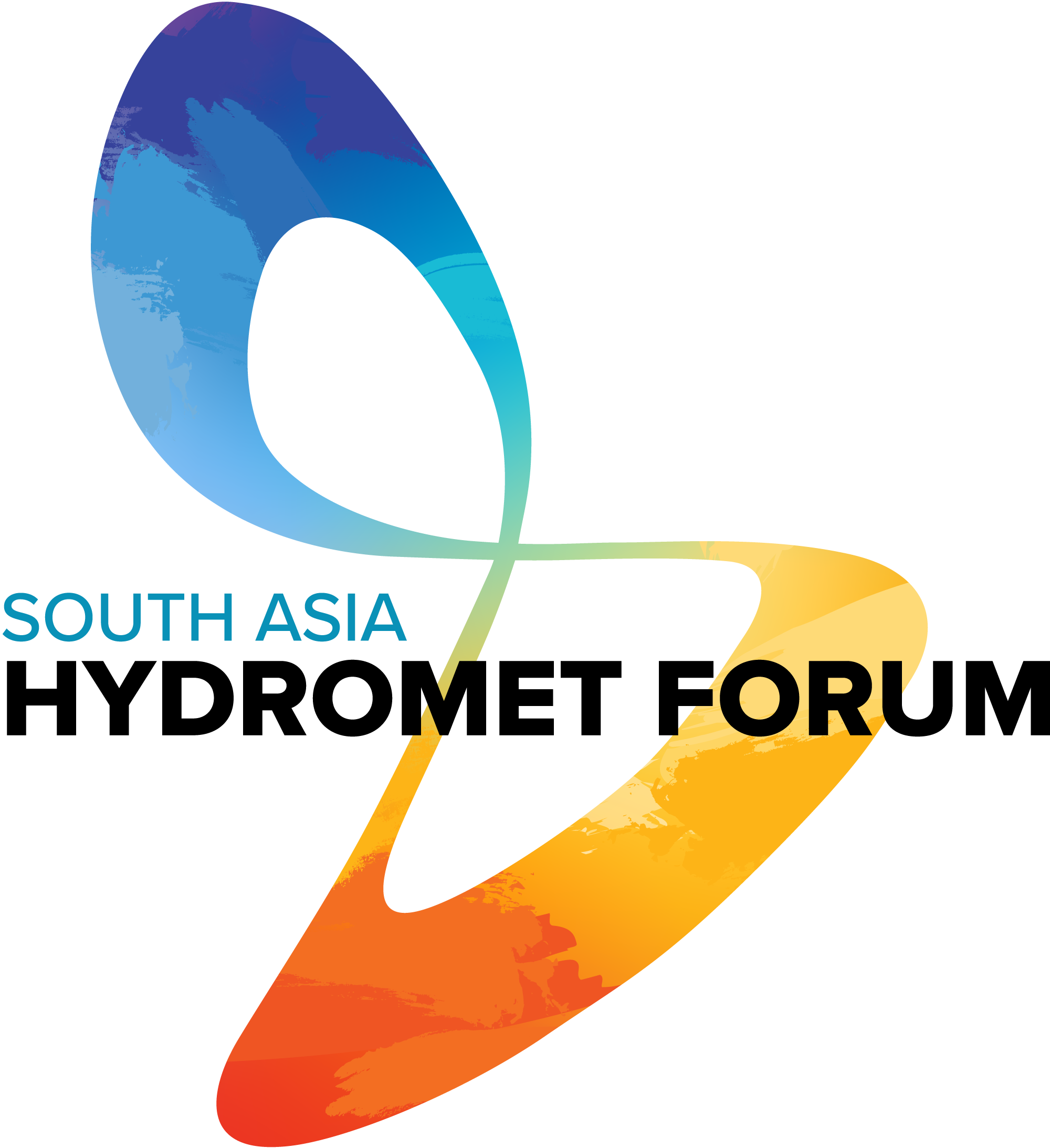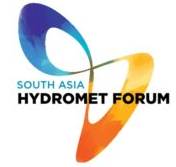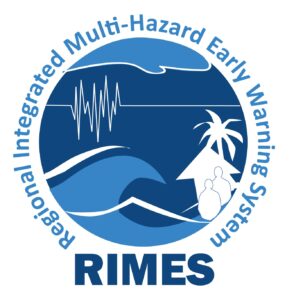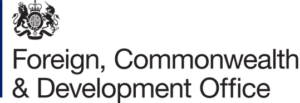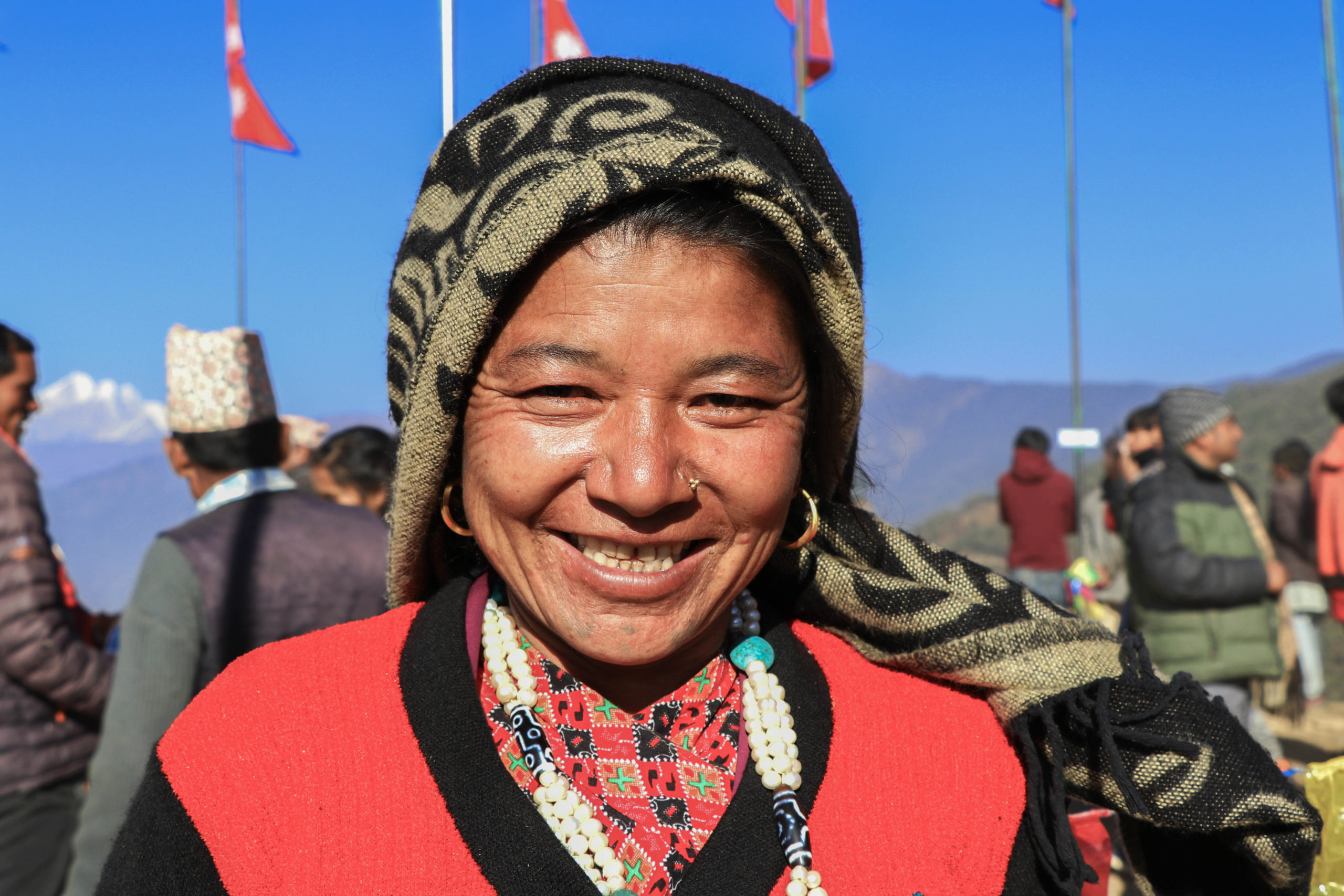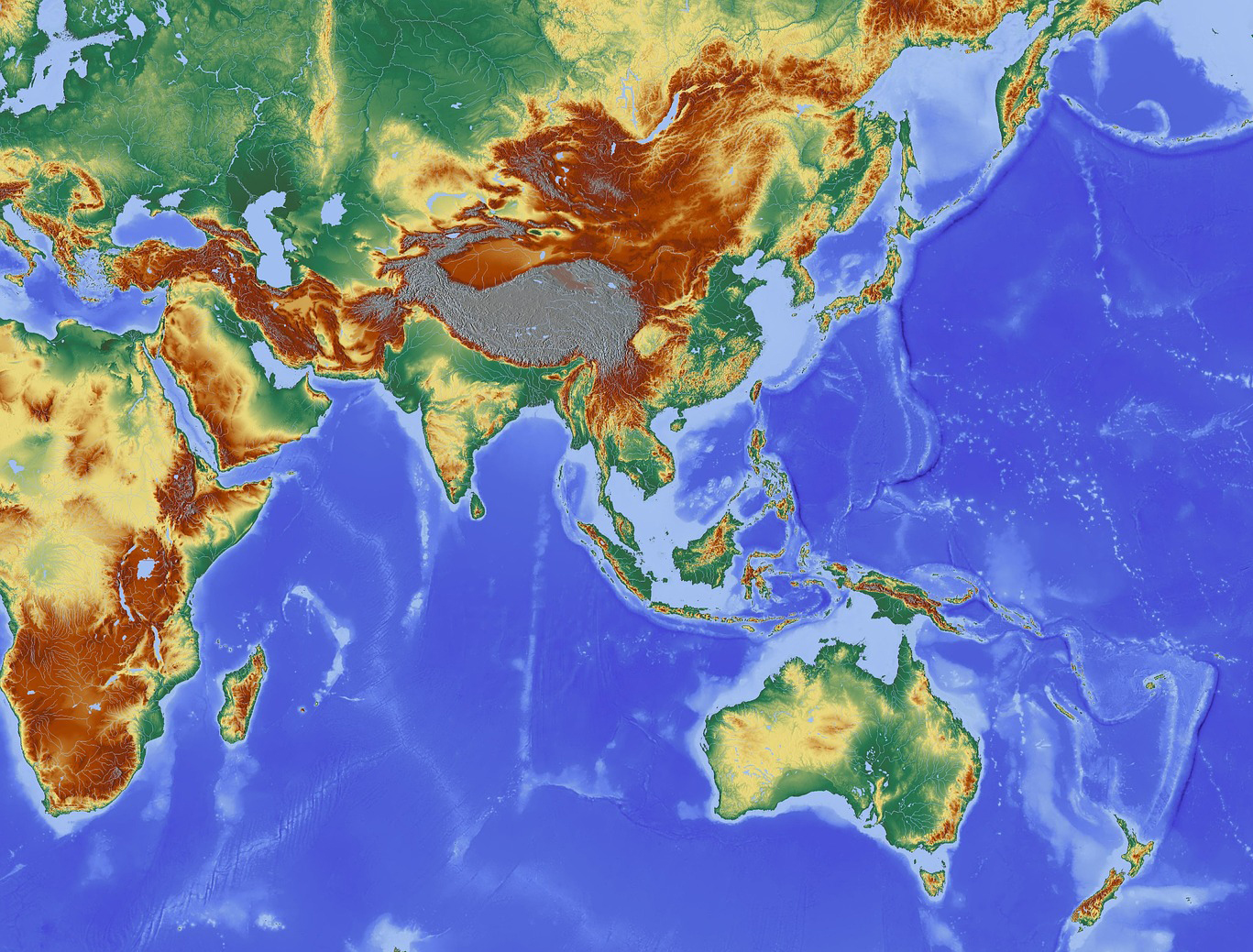SOUTH ASIA HYDROMET FORUM III
ONLINE EVENT,15-18 NOVEMBER 2021
Program to Support South Asia Regional Development in
Operational Forecasting and Service Delivery
The South Asia Hydromet Forum one (SAHF I) brought into focus the importance of quality delivery of weather, water and climate services and early warning as well as the need for regional collaboration and innovation. SAHF II laid the groundwork for such regional cooperation and designed a program to address SAHF priorities which is administered by RIMES.
SAHF III expanded on the SAHF I & II – which focused on service delivery, regional collaboration, and innovation- through adoption of a climate/ early warning information value chain approach. Priorities of SAHF are to iteratively strengthen key elements of the hydromet services value chain by bringing together a wide range of public, academic and private institutions, with capacity enhancement aligned to these requirements by adopting a demand and context driven approach that leverages regional actions while addressing differential needs of NMHSs of SAHF countries.
Opening Session
Theme I: Transforming hydromet service delivery
Session 1 – What Users need? Customized weather and climate services that yield value to economies and communities
Session 2 – Making sense of Forecasts! Evolving protocols and support systems for impact-based forecasting
Session 3 – Catching up to the Science – Improving weather and climate forecasts in the region
Theme II: Leveraging innovations and technologies
Session 4 – Skilling up SAR hydromet – Training that leaves an impact
Session 5 – ‘Data, data everywhere but not enough to use’ – Observational systems, regional exchange, information systems
Theme III: Embracing the power of regional cooperation
Session 6 – Regional
Collaborations for improved weather and climate services in South Asia
Closing Session
SAHF Voices and Future Directions
Session Highlights
Weather and climate services are evolving to serve numerous sectors and support nations to understand and respond to climate risks benefitting national development. Investments for modernization of weather and climate services are crucial for sustainable development to build climate resilient economies. This session highlighted SAHF‘s evolution and its potential contribution to climate resilient economy in South Asia. Speakers included high ranking policy makers, heads of NMHSs representing the SAHF Executive Council (EC) and development partners.
Key Messages
- SAHF is uniquely designed and positioned to capacitate country-owned mechanisms and address their hydromet service delivery needs, leveraging regional technical capacities
- Regional cooperation is critical to keep up with the pace in data forecasting and technology development, and maximizing investments effectiveness
- Enhanced collaboration of NMHSs with beneficiaries is key to address the increasing impacts of climate hazards in SAHF countries
What Users need? Customized weather and climate services that yield value to economies and communities
Key Messages
- Forecast based action ensures early response to protect lives, livelihoods, and assets from disasters through preparedness.
- There is a gap in hydromet information provided which is not fully meeting the user needs.
- Regular dialogues between users and providers as well as community outreach is at the core of forecast based action.
- South Asia has countries of varying capacity but facing common challenges, therefore, thinking and acting without regional coordination pose a risk to investment effectiveness.
- Research and development have to be rapidly operationalized to provide practical outputs to benefit people - livelihoods, lives - economic activities.
Key Messages
Key Messages
Key Messages
Key Messages
Key Messages
Key Messages
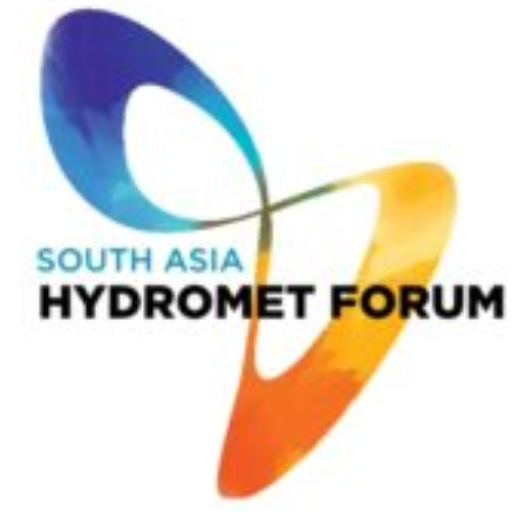




SOUTH ASIA
HYDROMET
FORUM III
BLOCK THE DATES:
NOVEMBER 15-18, 2021
ANNUAL EVENT (VIRTUAL
